In a new video, aerospace company Blue Origin reveals its finished mission control center in Cape Canaveral, Florida, where engineers will monitor upcoming launches of the company’s future New Glenn rocket. The rocket is expected to fly sometime in 2021.
Category: space travel – Page 352

SpaceX’s latest Starship prototype passes big tank pressure test
SpaceX’s newest prototype of its Starship Mars-colonizing vehicle just passed a crucial pressure test, potentially paving the way for more ambitious trials in the near future.
Starship version SN2 survived a cryogenic pressure test late Sunday (March 8) at SpaceX’s South Texas facilities, company founder and CEO Elon Musk said. You can see a video timelapse of the test from Starship watcher Mary BocaChicaGal here for NASASpaceflight.com.
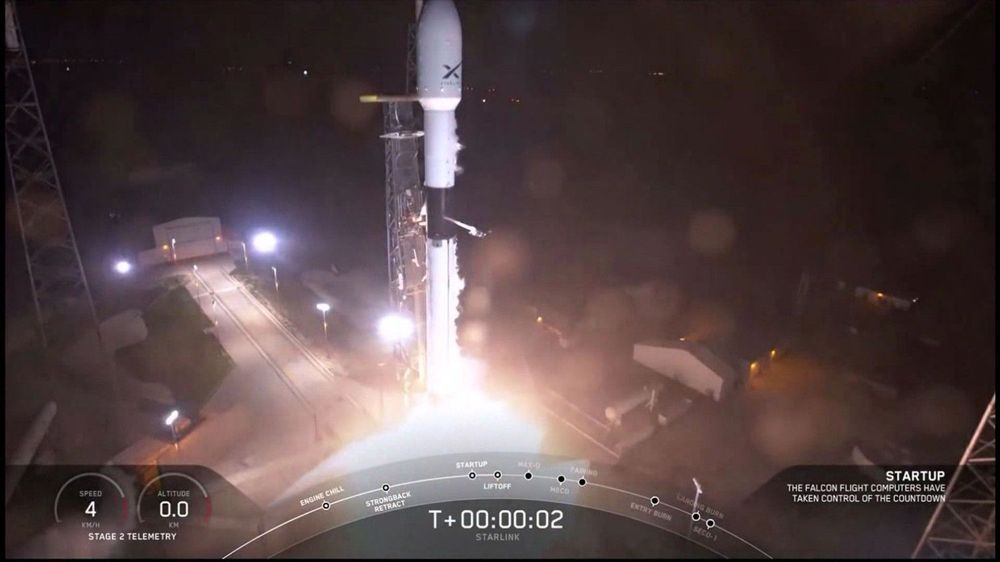
SpaceX Makes History With 50th Rocket Landing
CAPE CANAVERAL (CBSMiami/AP) — SpaceX made history this weekend when it successfully landed its 50th rocket after launching another load of station supplies for NASA.
The Falcon rocket blasted off with 4,300 pounds (1,950 kilograms) of equipment and experiments for the International Space Station. Just minutes later, the spent first-stage booster made a dramatic midnight landing back at Cape Canaveral, its return accompanied by sonic booms.
“And the Falcon has landed for the 50th time in SpaceX history!” SpaceX engineer Jessica Anderson announced amid cheers at Mission Control. “What an amazing live view all the way to touchdown.”
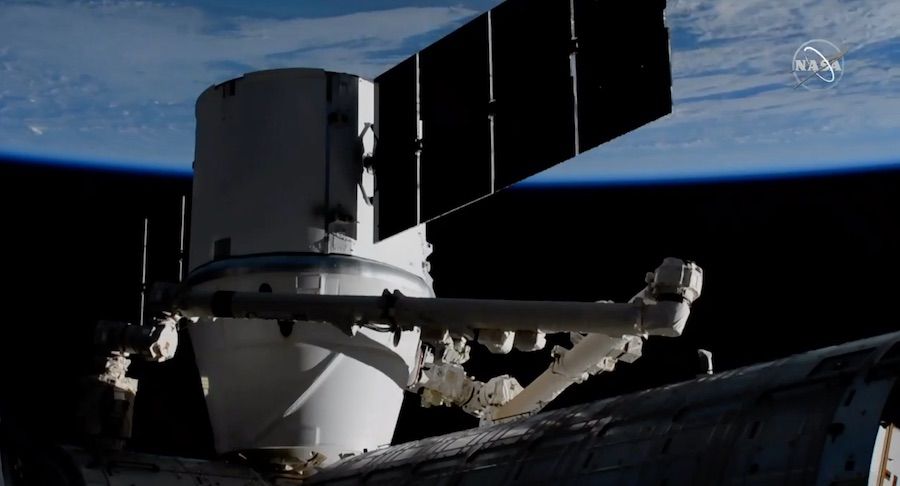
Astronauts capture SpaceX cargo capsule with robot arm for final time
For the final time, a SpaceX Dragon cargo capsule approached the International Space Station Monday for capture with the research lab’s robotic arm, delivering more than 4,300 pounds of food, experiments and spare parts. Future Dragon resupply missions will use a new spaceship design to automatically dock with the space station.
The unpiloted cargo freighter completed a two-day pursuit of the space station Monday with an automated approach to the orbiting research outpost.
After moving into position less than 40 feet (12 meters) below the station, the Dragon capsule halted its approach and astronaut Jessica Meir took control of the research lab’s Canadian-built robotic arm. Meir, assisted by crewmate Drew Morgan, captured the Dragon spacecraft at 6:25 a.m. EDT (1025 GMT) Monday, more than a half-hour ahead of schedule.
Inside Elon Musk’s plan to build one Starship a week—and settle Mars
I think we need, probably, on the order of 1,000 ships.
A New Name for Our Next Mars Rover on This Week @NASA – March 7, 2020
This week…
🔴 A new name for our next Mars mission: NASA’s Perseverance Mars Rover 🐉 SpaceX’s Dragon launches with supplies for the International Space Station 👩🏽🚀 Applications open to #BeAnAstronaut
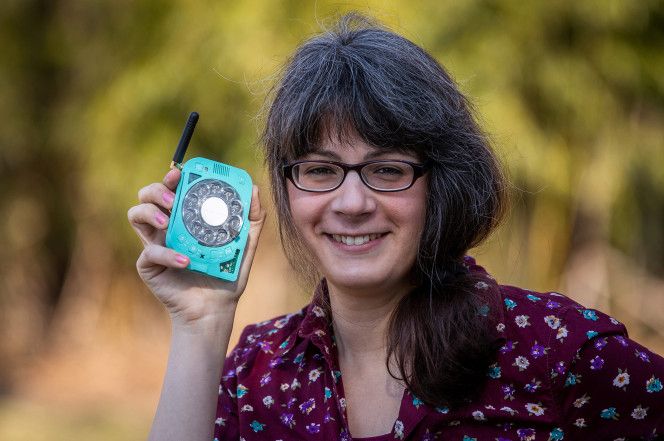
Space engineer who hates smartphones builds cellphone with rotary dial
She builds tools for space exploration — but her cellphone is strictly down to earth.
Justine Haupt, 34, hates smartphones. She hates the way they work, and she hates the way they rule our lives.
“I work in technology but I don’t like the culture around smartphones,” says the astronomy instrumentation engineer from Long Island.
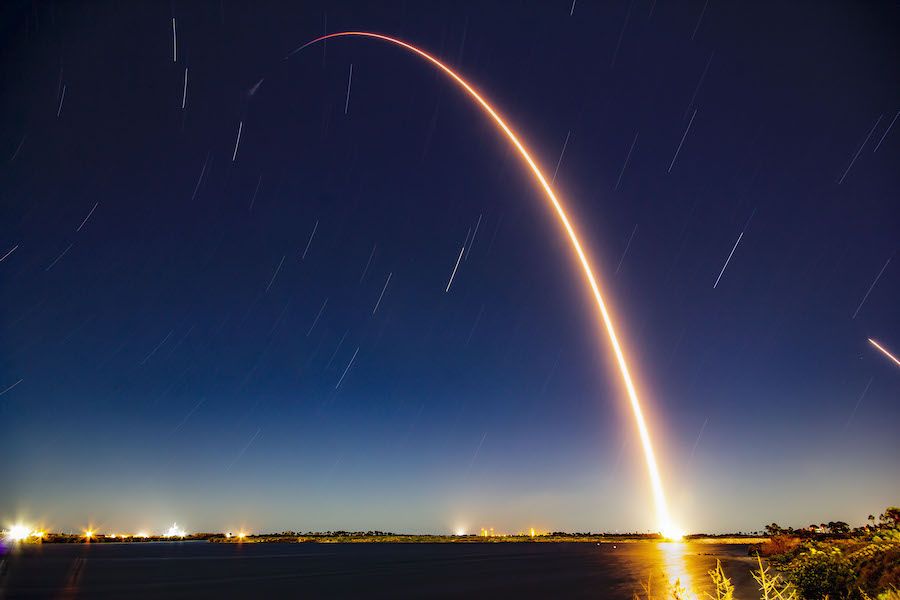
Late-night launch of SpaceX cargo ship marks end of an era
Taking aim on the International Space Station, nine kerosene-burning rocket engines powered a SpaceX Falcon 9 launcher into a clear sky over Florida’s Space Coast on Friday night to begin the final flight of the first version of the company’s Dragon cargo ship.
Minutes later, the Falcon 9’s first stage booster returned to a site a few miles from its starting point and landed at Cape Canaveral, marking the 50th time SpaceX has recovered a Falcon booster intact since the California rocket maker’s first successful recovery in 2015.
Liftoff of the 213-foot-tall (65-meter) Falcon 9 rocket — using a first stage booster that previously launched and landed in December — occurred at 11:50:31 p.m. EST Friday (0450:31 GMT Saturday) from pad 40 at Cape Canaveral Air Force Station.
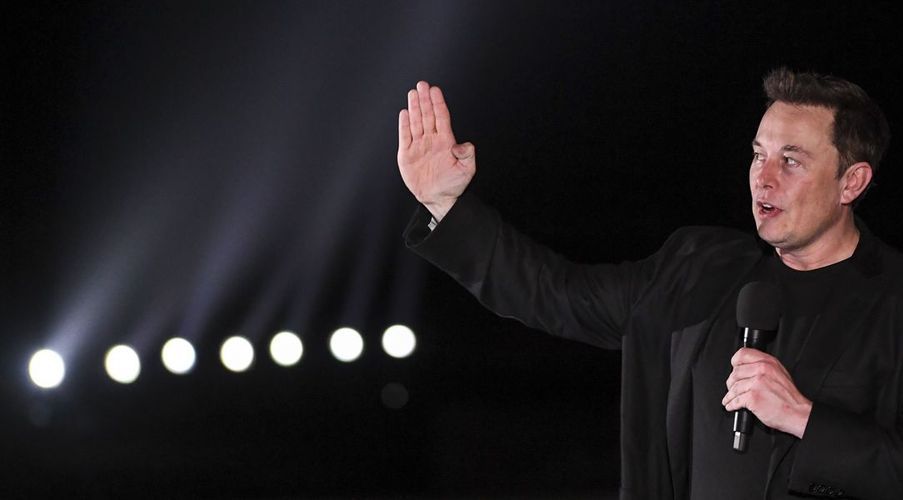
Elon Musk Wants to Build a New Starship Every 72 Hours So He Can Colonize Mars
Elon Musk is bulking up his rocket-building workforce—big time. Ars Technica visited the Texas home of SpaceX, where Musk was calling a meeting on a Sunday “morning” at 1 a.m. There’s a lot to unpack here.
To start, Musk is worried that our window of opportunity to make it to Mars is closing—so we better hurry up. After the 1 a.m. meeting, SpaceX added over 250 new employees in two days, representing a full doubling of the workforce.
Ars Technica visited the day after the major Starship prototype implosion that made news earlier this week. The SN1 prototype blew up as a direct result of weak welds. It sounds like everyone involved knew this prototype was faulty and told Musk so when he asked, and he insists it was never designed to fly for real anyway.